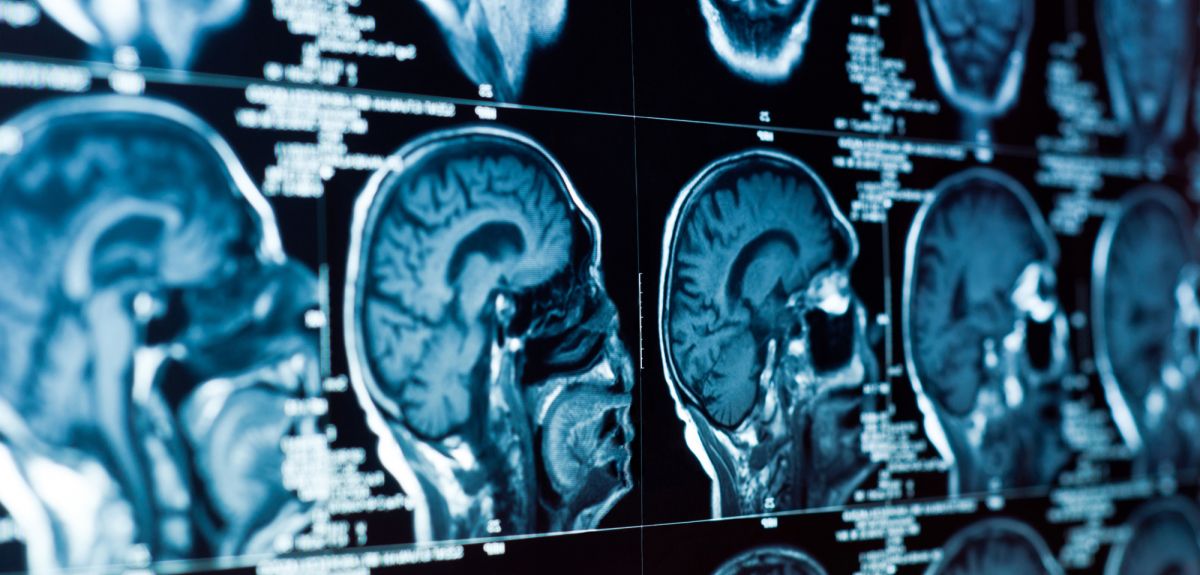
Cell-saving drugs could reduce brain damage after stroke
Long-term brain damage caused by stroke could be reduced by saving cells called pericytes that control blood flow in capillaries, suggest researchers from Oxford University, UCL and the University of Copenhagen.
Until now, many scientists believed that blood flow within the brain was solely controlled by changes in the diameter of arterioles, blood vessels that branch out from arteries into smaller capillaries.
In this new study, the UK and Danish researchers reveal that the brain's blood supply is in fact chiefly controlled by the narrowing or widening of capillaries as pericytes tighten or loosen around them.
This discovery offers radically new treatment approaches for stroke
Professor Alastair Buchan
Their study, published this week in the journal Nature, shows not only that pericytes are the main regulator of blood flow to the brain, but also that they tighten and die around capillaries after stroke. This significantly impairs blood flow in the long term, causing lasting damage to brain cells.
The scientists showed that certain chemicals can halve pericyte death from simulated stroke in the lab, and they hope to develop these into drugs to treat stroke victims.
'This discovery offers radically new treatment approaches for stroke,' says study co-author Professor Alastair Buchan, Dean of Medicine and Head of the Medical Sciences Division at Oxford University. 'Importantly, we should now be able to identify drugs that target these cells. If we are able to prevent pericytes from dying, it should help restore blood flow in the brain to normal and prevent the ongoing slow damage we see after a stroke which causes so much neurological disability in our patients.'
Professor David Attwell of UCL, who led the study, explains: 'At present, clinicians can remove clots blocking blood flow to the brain if stroke patients reach hospital early enough. However, the capillary constriction produced by pericytes may, by restricting the blood supply for a long time, cause further damage to nerve cells even after the clot is removed. Our latest research suggests that devising drugs to prevent capillary constriction may offer new therapies for reducing the disability caused by stroke.'
The new research also gives insight into the mechanisms underlying the use of functional magnetic resonance imaging to detect blood flow changes in the brain.
'Functional imaging allows us to see the activity of nerve cells within the human brain but until now we didn't quite know what we were looking at,' says Professor Martin Lauritzen of the University of Copenhagen. 'We have shown that pericytes initiate the increase in blood flow seen when nerve cells become active. So we now know that functional imaging signals are caused by a pericyte-mediated increase of capillary diameter. Knowing exactly what functional imaging shows will help us to better understand and interpret what we see.'
The research was supported by the FondationLeducq, European Research Council, Wellcome Trust, UK Medical Research Council, Rosetrees Trust, Nordea Foundation via the Center for Healthy Aging, the Lundbeck Foundation, NOVO-Nordisk Foundation and Danish Medical Research Council.
 New study estimates NHS England spends 3% of its primary and secondary care budget on the health impacts of temperature
New study estimates NHS England spends 3% of its primary and secondary care budget on the health impacts of temperature
 International collaboration launches largest-ever therapeutics trial for patients hospitalised with dengue
International collaboration launches largest-ever therapeutics trial for patients hospitalised with dengue
 Oxford-built multi-agent assistant for cancer care to be piloted in collaboration with Microsoft
Oxford-built multi-agent assistant for cancer care to be piloted in collaboration with Microsoft
 World's first Phase II Nipah virus vaccine trial launch
World's first Phase II Nipah virus vaccine trial launch